Scientists have revived 100-million-year-old microbes, giving us another glimpse at what life was like far in the past.


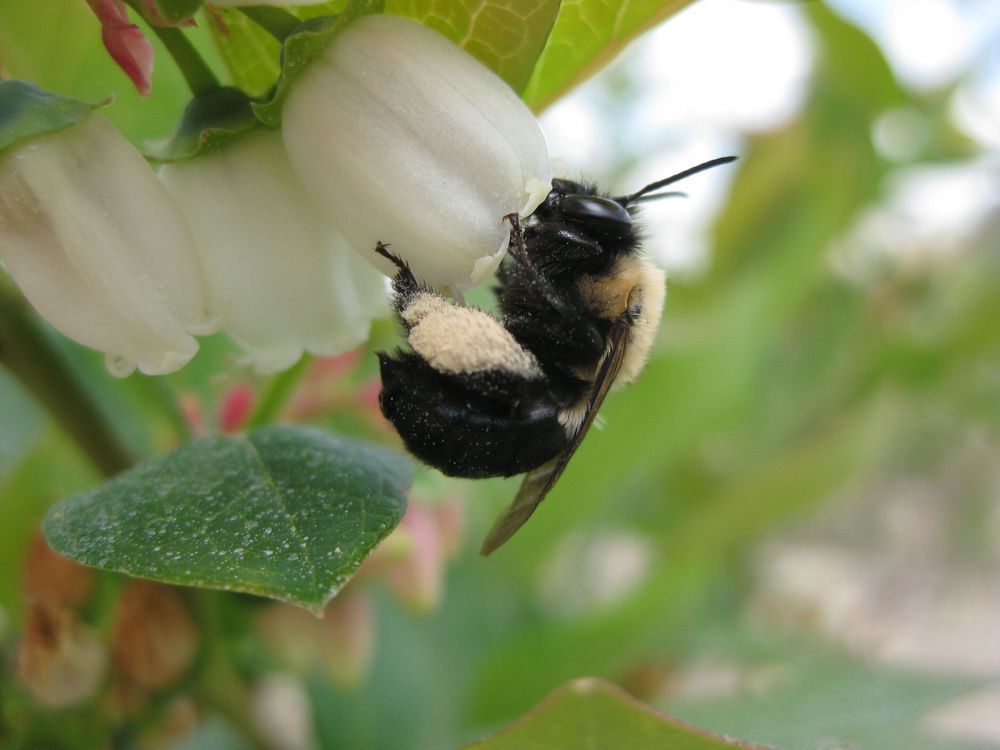
Crop yields for apples, cherries and blueberries across the United States are being reduced by a lack of pollinators, according to Rutgers-led research, the most comprehensive study of its kind to date.
Most of the world’s crops depend on honeybees and wild bees for pollination, so declines in both managed and wild bee populations raise concerns about food security, notes the study in the journal Proceedings of the Royal Society B: Biological Sciences.
“We found that many crops are pollination-limited, meaning crop production would be higher if crop flowers received more pollination. We also found that honey bees and wild bees provided similar amounts of pollination overall,” said senior author Rachael Winfree, a professor in the Department of Ecology, Evolution, and Natural Resources in the School of Environmental and Biological Sciences at Rutgers University-New Brunswick. “Managing habitat for native bee species and/or stocking more honey bees would boost pollination levels and could increase crop production.”

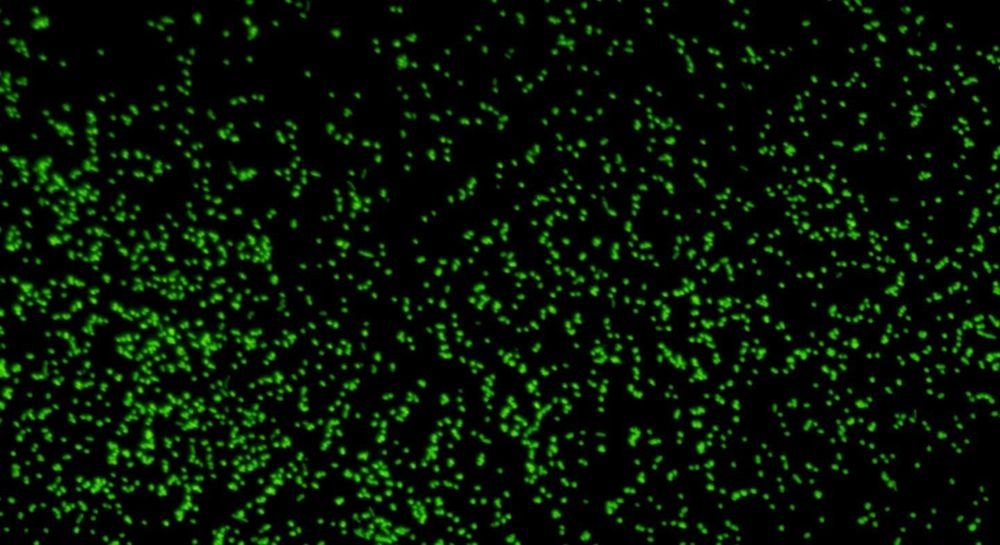
For decades, scientists have gathered ancient sediment samples from below the seafloor to better understand past climates, plate tectonics and the deep marine ecosystem. In a new study published in Nature Communications, researchers reveal that given the right food in the right laboratory conditions, microbes collected from sediment as old as 100 million years can revive and multiply, even after laying dormant since large dinosaurs prowled the planet.
The research team behind the new study, from the Japan Agency for Marine-Earth Science and Technology (JAMSTEC), the URI Graduate School of Oceanography, the National Institute of Advanced Industrial Science and Technology, the Kochi University and Marine Works Japan, gathered the ancient sediment samples ten years ago during an expedition to the South Pacific Gyre, the part of the ocean with the lowest productivity and fewest nutrients available to fuel the marine food web.
“Our main question was whether life could exist in such a nutrient-limited environment or if this was a lifeless zone,” said the paper’s lead author Yuki Morono, senior scientist at JAMSTEC. “And we wanted to know how long the microbes could sustain their life in a near-absence of food.”
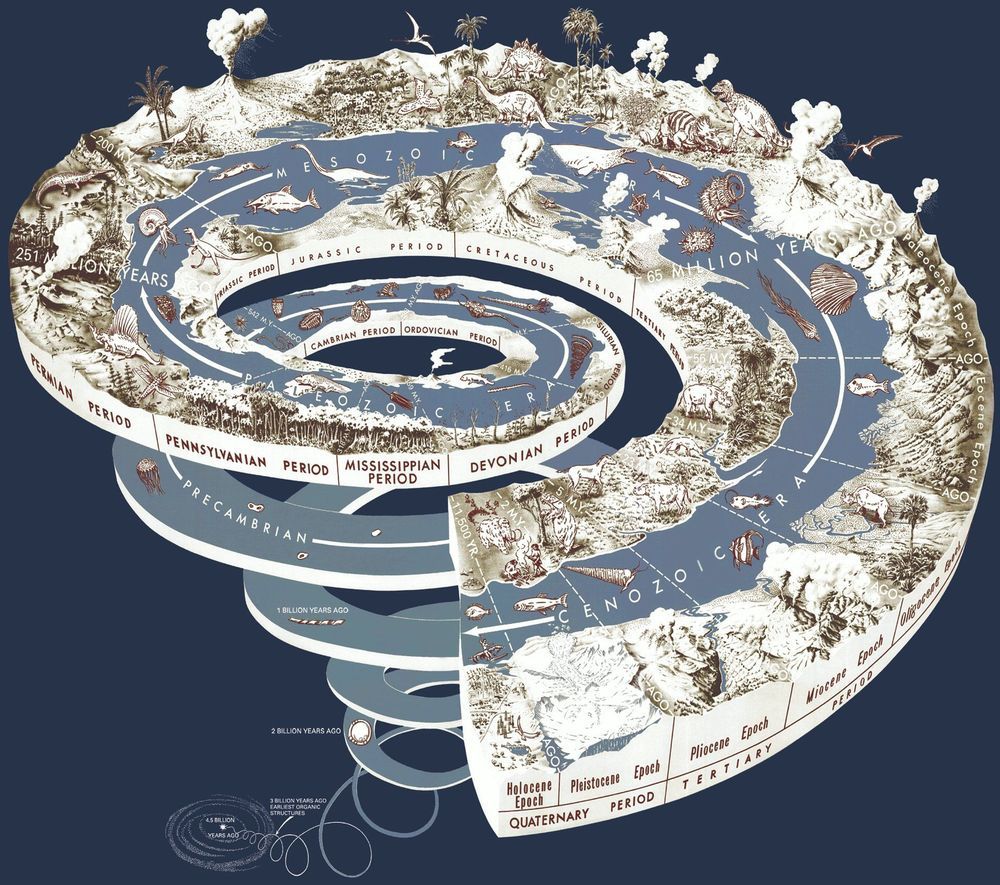
If given the chance, a Kenyan herder is likely to keep a mix of goats and camels. It seems like an irrational economic choice because goats reproduce faster and thus offer higher near-term herd growth. But by keeping both goats and camels, the herder lowers the variability in growth from year to year. All of this helps increase the odds of household survival, which is essentially a gamble that depends on a multiplicative process with no room for catastrophic failure. It turns out, the choice to keep camels also makes evolutionary sense: families that keep camels have a much higher probability of long-term persistence. Unlike businesses or governments, organisms can’t go into evolutionary debt—there is no borrowing one’s way back from extinction.
How biological survival relates to economic choice is the crux of a new paper published in Evolutionary Human Sciences, co-authored by Michael Price, an anthropologist and Applied Complexity Fellow at the Santa Fe Institute, and James Holland Jones, a biological anthropologist and associate professor at Stanford’s Earth System Science department.
“People have wanted to make this association between evolutionary ideas and economic ideas for a long time,” Price says, and “they’ve gone about it quite a lot of different ways.” One is to equate the economic idea of maximizing utility—the satisfaction received from consuming a good—with the evolutionary idea of maximizing fitness, which is long-term reproductive success. “That utility equals fitness was simply assumed in a lot of previous work,” Price says, but it’s “a bad assumption.” The human brain evolved to solve proximate problems in ways that avoid an outcome of zero. In the Kenyan example, mixed herding diversifies risk. But more importantly, the authors note, the growth of these herds, like any biological growth process, is multiplicative and the rate of increase is stochastic.
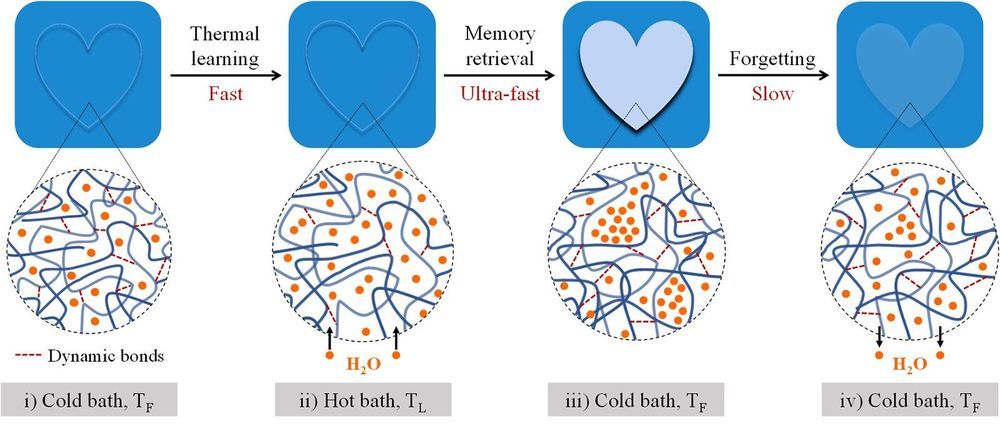
Hokkaido University researchers have found a soft and wet material that can memorize, retrieve, and forget information, much like the human brain. They report their findings in the journal Proceedings of the National Academy of Sciences (PNAS).
The human brain learns things, but tends to forget them when the information is no longer important. Recreating this dynamic memory process in manmade materials has been a challenge. Hokkaido University researchers now report a hydrogel that mimics the dynamic memory function of the brain: encoding information that fades with time depending on the memory intensity.
Hydrogels are flexible materials composed of a large percentage of water—in this case about 45%—along with other chemicals that provide a scaffold-like structure to contain the water. Professor Jian Ping Gong, Assistant Professor Kunpeng Cui and their students and colleagues in Hokkaido University’s Institute for Chemical Reaction Design and Discovery (WPI-ICReDD) are seeking to develop hydrogels that can serve biological functions.
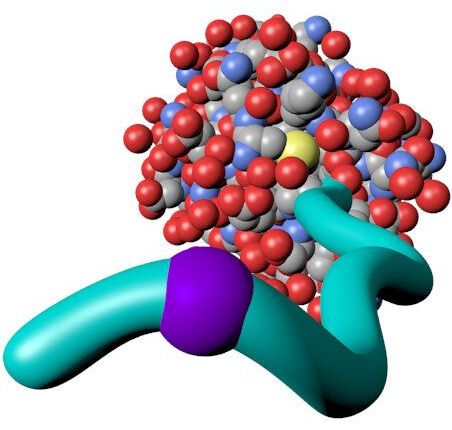
A technique developed by Miami University associate professors of chemistry and biochemistry Dominik Konkolewicz and Rick Page may help enable more rapid and efficient development of new materials for use in pharmaceuticals, biofuels, and other applications.
Konkolewicz’s and Page’s technique uses nuclear magnetic resonance (NMR) technology to illuminate how proteins and synthetic polymers interact in chemical substances known as bioconjugates.

We humans may not always see eye to eye on politics, religion, sports and other matters of debate. But at least we can agree on the location and size of objects in our physical surroundings. Or can we?
Not according to new UC Berkeley research, recently published in the Proceedings of the Royal Society B: Biological Sciences journal, that shows that our ability to pinpoint the exact location and size of things varies from one person to the next, and even within our own individual field of vision.
“We assume our perception is a perfect reflection of the physical world around us, but this study shows that each of us has a unique visual fingerprint,” said study lead author Zixuan Wang, a UC Berkeley doctoral student in psychology.

Over the past few years, researchers have been trying to apply quantum physics theory to a variety of fields, including robotics, biology and cognitive science. Computational techniques that draw inspiration from quantum systems, also known as quantum-like (QL) models, could potentially achieve better performance and more sophisticated capabilities than more conventional approaches.
Researchers at University of Genoa, in Italy, have recently investigated the feasibility of using a QL approach to enhance a robot’s sensing capabilities. In their paper, pre-published on arXiv, they present the results of a case study where they tested a QL perception model on a robot with limited sensing capabilities within a simulated environment.
“The idea for this study came to me after reading an article written in 1993 by Anton Amann, (‘The Gestalt problem in quantum theory’) in which he compared the problem of Gestalt perception with the attribution of molecular shape in quantum physics,” Davide Lanza, one of the researchers who carried out the study, told TechXplore. “I was amazed by this parallel between cognition and quantum phenomena, and I discovered then the flourishing field of quantum cognition studies.”
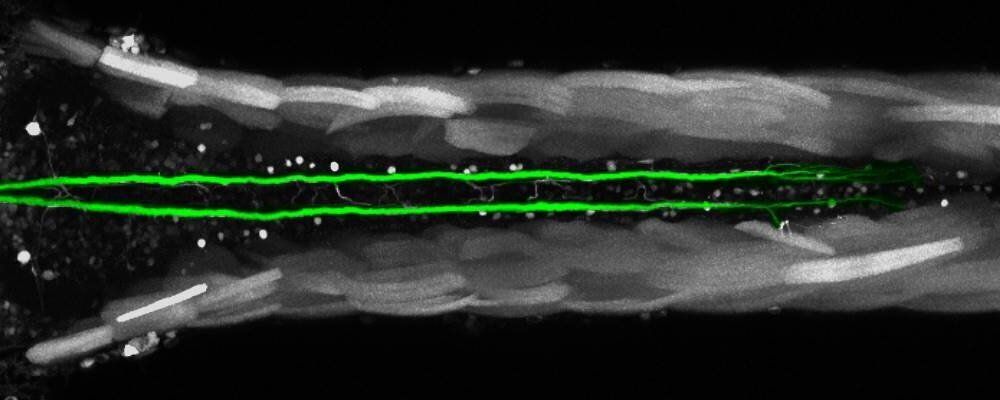
Biologists from the University of Bayreuth have discovered a uniquely rapid form of regeneration in injured neurons and their function in the central nervous system of zebrafish. They studies the Mauthner cells, which are solely responsible for the escape behavior of the fish, and previously regarded as incapable of regeneration. However, their ability to regenerate crucially depends on the location of the injury. In central nervous systems of other animal species, such a comprehensive regeneration of neurons has not yet been proven beyond doubt. The scientists report their findings in the journal Communications Biology.
Mauthner cells are the largest cells found in animal brains. They are part of the central nervous system of most fish and amphibian species and trigger life-saving escape responses when predators approach. The transmission of signals in Mauthner cells to their motoneurons is only guaranteed if a certain part of these cells, the axon, is intact. The axon is an elongated structure that borders the cell body with its cell nucleus at one of its two ends. If the injury of the axon occurs close to the cell body, the Mauthner cell dies. If the axon is damaged at its opposite end, lost functions are either not restored at all or only slowly and to a limited extent. However, the Mauthner cell reacts to an injury in the middle of the axon with rapid and complete regeneration. Indeed, within a week after the injury, the axon and its function are fully restored, and the fish is able to escape approaching predators again.
“Such a rapid regeneration of a neuron was never observed anywhere in the central nervous system of other animal species until now. Here, regeneration processes usually extend over several weeks or months,” says Dr. Alexander Hecker, first author of the new study and member of the Department of Animal Physiology. This finding clearly disproves the widely accepted view in the scientific community that Mauthner cells are unable to regenerate.